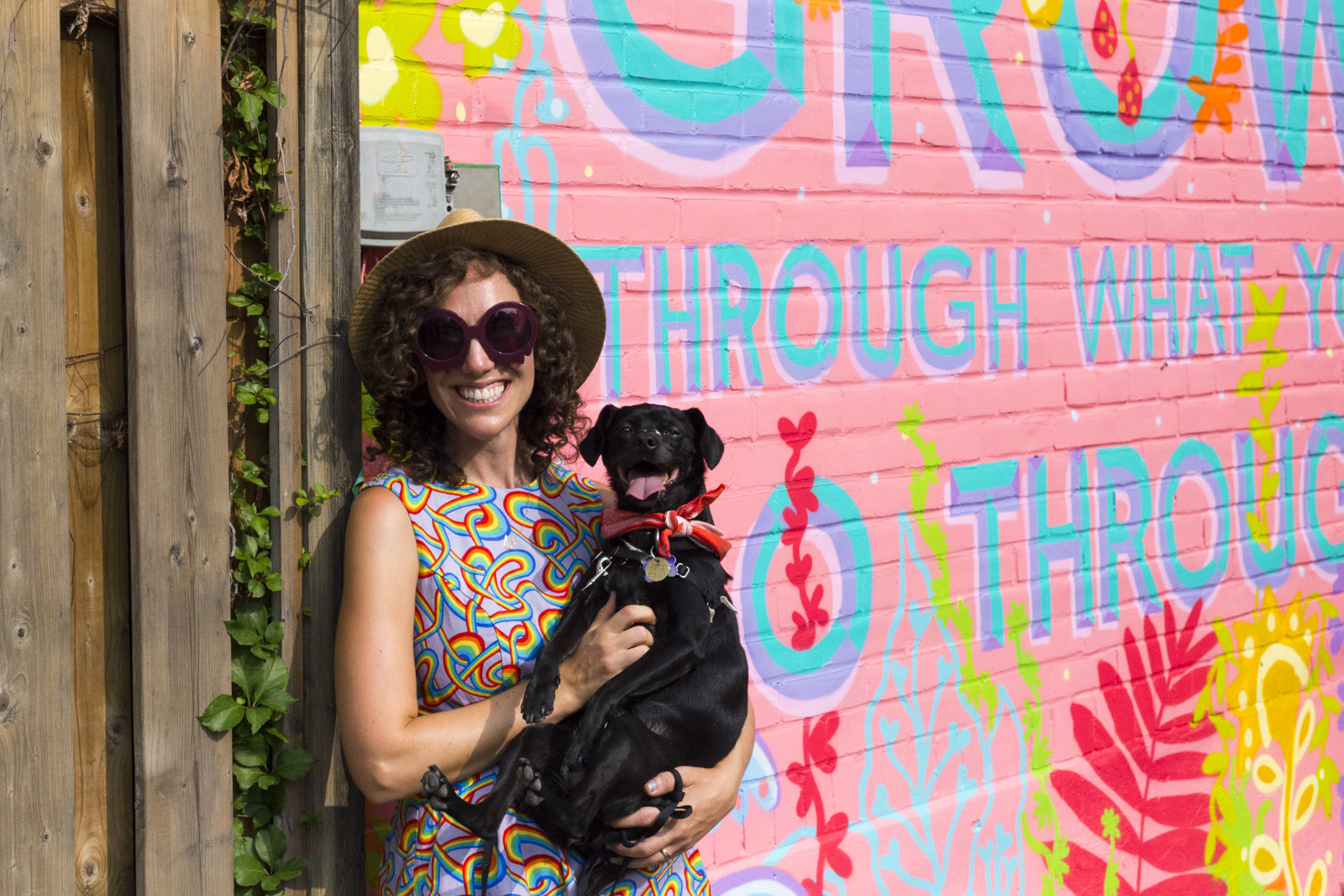Empathetic communications IS the process.
In the first step of working with a client, we take them through a diagnostic workshop, where we spend a few hours with them, asking questions and challenging them to think outside the box. This initial engagement allows us to get to know them well quickly and uncover a lot of vital information, such as aspirations, fears and challenges.
The purpose of this short but intense seminar, is not to lead them towards a particular direction but simply to give them the space to express themselves freely. The questions simply help them focus on specific topics and not get sidetracked into irrelevant sidebars. During that process, we ask them about how they perceive themselves to be, their clients, as well as what their goals, successes and challenges are.
We then move on to visioning exercises, where we ask them to take stock of their current situation and then ask them to speak to where they see themselves going in the future, what they think their clients desires, fears and aspirations are as well as well as a subjective audit of their current communications and how effectively they serve the business’ growth.
Syllable Design, a young and dynamic architecture and interior design firm recently did one such workshop with us. The results coming out of this engagement defied everyone’s expectations, including our own. In the course of one afternoon, we sat down with them and walked them through the following exercises:
1. Check-in: introduce yourself to the group
This is a short exercise where participants are asked to introduce themselves on a more personal level. Despite the fact that within a small business, people will know each other well, it’s a great exercise to put everyone on an equal footing. A “no pecking order” rule helps with giving people, especially the ones lower on the totem pole, the permission to speak and voice their opinions, setting the stage for a more egalitarian voicing of opinions later on.
2. Agreement on outcome and expectations
This is where we re-affirm the non-hierarchical structure of the workshop and get everybody to agree to our rules of engagement. As we want to create a space where each opinion can be voiced freely, we ask everyone to agree to leave hierarchy, prejudice and assumptions behind. This is a critical step in creating an atmosphere of trust and openness to get the most out of the participants and maximise the potential of this workshop.
3. Creative ice-breaker
The idea behind this short, yet very fun part of the workshop is to play. Play as a way to get the creative juices flowing and allow people to create quick ideas without letting their own internal censorship device stop them. A favorite our ours is to do a few rounds of passing a randomly picked object around and ask people to mime (no words allowed!) a situation, object or idea for others to guess. Watch what happens after a few rounds of this.
4. Get to know your own business
As the tongue in cheek title of this exercise suggests, it is meant to allow our clients to look at themselves with a fresh set of eyes, the idea being that most business owners - and their teams - are so focused on the day to day running of their business that they tend to forget the big picture. We ask the big questions that bring this mission back to the fore. By doing so we are able to get everybody’s input on where the business has been and where it’s going. We also get a chance to uncover potential disagreements on the methods, the goals or both and make note of them to address later.
5. Clients relationship review + discussion
This is where the real fun begins. We get to talk about the relationships between the business and its clients. We explore the extent of these relationships and how they’re nurtured in service of the business. This allows for the uncovering of long and short-term goals as well as further explore alignment of the team on those issues.
6. Client relationship visioning + breakout
Given what was uncovered in the previous section, it sets the stage for a breakout session where we ask the participants to think like their clients would; and put themselves in their shoes. We ask about desires, fears and aspirations. This is where lively debates occur as to what client might be feeling like when dealing with the business. We wrap up by asking what can be done differently based on those findings arising from the conversations.
7. Communications review
This section is a subjective sweep of all external + internal communications in order to determine the current direction and possibly uncover new ideas. This is a primer for the following section.
8. Communications visioning + breakout
In this exercise, we ask the workshop attendees to envision what they think their stakeholders want to see from them. How to best utilize their business’ “voice” to communicate effectively, with originality and provide their audience with great value.
9. Summary / Wrap-up
At the end of the workshop, we check in with the participants and ask what was learned, what worked well and what could have been better. We believe that since we’re asking of our clients to reveal so much about themselves, it is only fair that we lead by example and have an open conversation about our work. Direct, honest-to-goodness feedback is what fuels us to continuously improve ourselves.
What they got out of it.
In working with Syllable, we helped them uncover a number of unmet needs and blind spots, because they had spent so much time working in their business that they had neglected to take a step back and dedicated the time to work on it.
We were also able to ascertain how aligned all 4 employees (2 founding partners and 2 full-time employees) truly were when it came to the important things regarding the future of the business. It turns out that the alignment in vision and goals for the future was fairly high, but the workshop also enabled us to uncover a few disagreements, not so much on the end goals but rather on means to achieve these goals. Overall, what that meant is that their culture, although still in its infancy, is already showing signs of maturation in the right direction and if nurtured has the potential to become a great company in a few short years.
Knowing about these disagreements is also great, because it brings them front and center for the clients and they have no choice but to acknowledge and deal with them. As for us, it gives us a direction as to where we need to take them next in order to help them iron out the kinks and ensure that their goal of long-term success becomes a reality. They have great ambitions for the near-future after all, so our jobs is to help them get there.
In light of these findings, we came up with a plan to take them to the next level:
Developing and refining their culture by formalizing it in the form of a vision, a mission (or positioning statement) and a set of values, alongside with cultural guidelines aimed at keeping it alive going forward.
Developing a communications strategy and guidelines to unify the culture into coherent and consistent communications, internally and externally. Defining the “voice” of the business along with operational standards to facilitate the delegation of such tasks as the company grows.
We also identified areas of further work such as lead generation, sales process and media relations to be tackled further down the road.
The entire team at Syllable was so inspired by this workshop that they have started taking on some of those issues without our help, which is extremely rewarding for us as we see this as a sign that they felt empowered enough by our revelations that they couldn’t wait to tackle some of those things, such as:
Codifying roles and responsibilities, and building accountability structures to support those roles.
Formalizing processes and writing SOPs for common and repetitive tasks.
Refining and narrowing their area of focus to generate more interesting and profitable work.
Developing strategies to strengthen the team collaboration and reinforce their nascent culture.
But I will let Danny Tseng, one of the two partners say it in his own words:














